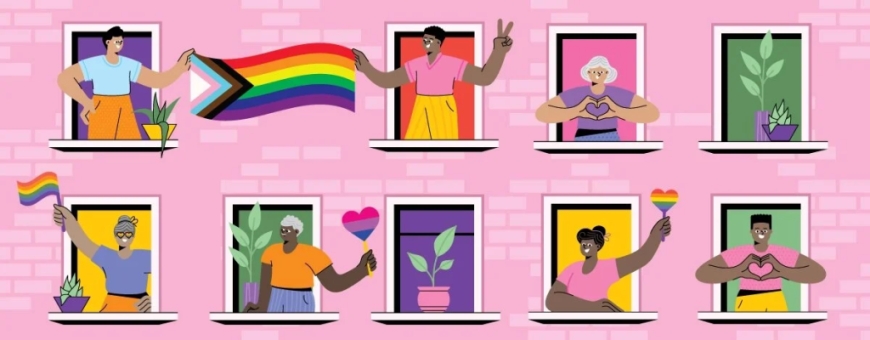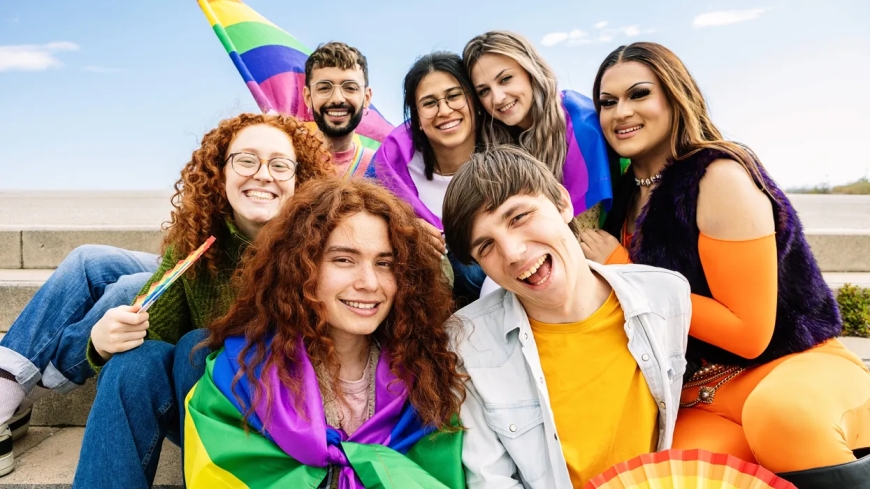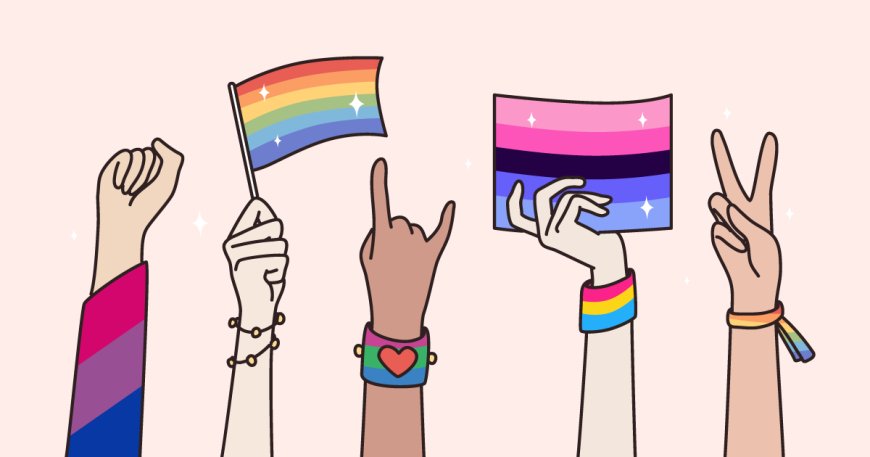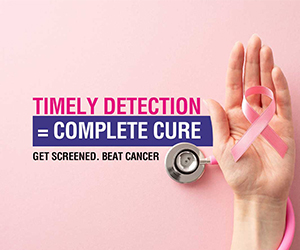Exploring Bisexuality: Identity, Erasure, and Pride
An in-depth exploration of bisexuality, addressing common misconceptions, challenges related to bisexual erasure, and the celebration of bisexual pride.

Exploring Bisexuality: Identity, Erasure, and Pride
Bisexuality is a sexual orientation that involves attraction to more than one gender. Despite being one of the most common sexual orientations, bisexuality remains misunderstood and often marginalized both within and outside the LGBTQ+ community. This article aims to explore bisexual identity, address the issue of bisexual erasure, and celebrate the pride and resilience of bisexual individuals worldwide.

What is Bisexuality?
Bisexuality refers to the potential for emotional, romantic, or sexual attraction to more than one gender. This does not necessarily mean attraction to all genders or equal attraction to different genders, but rather a fluid spectrum of attraction. Bisexual individuals can experience attraction to men, women, non-binary people, and others across the gender spectrum.
Common Misconceptions About Bisexuality
Many myths surround bisexuality, such as the idea that bisexual people are “confused,” “indecisive,” or “going through a phase.” These stereotypes contribute to stigma and misunderstanding. Bisexual people often face invalidation, being told they are “really straight” or “really gay” based on their current relationship, ignoring the fluid nature of their orientation.
Bisexual Erasure and Its Effects
Bisexual erasure is the tendency to ignore, remove, or invalidate bisexual identities in social, cultural, and political contexts. This erasure can happen in media representations, research studies, and even within LGBTQ+ spaces. The consequences include feelings of invisibility, isolation, and invalidation, which can negatively impact mental health and community belonging.

Challenges Faced by Bisexual Individuals
Bisexual people face unique challenges such as higher rates of mental health issues compared to their heterosexual and homosexual peers, often due to stigma and lack of acceptance. They may experience discrimination both from outside the LGBTQ+ community and within it, sometimes feeling excluded or marginalized. These challenges highlight the need for greater visibility and support.
The Importance of Bisexual Pride
Bisexual pride celebrates the diversity and resilience of bisexual people. Pride events, symbols like the bisexual pride flag, and community organizations work to increase visibility and promote acceptance. Embracing bisexual pride empowers individuals to live authentically and challenges stereotypes and erasure.
Supporting Bisexual Individuals
Allies can support bisexual people by educating themselves about bisexuality, challenging biphobia and erasure, and including bisexual voices in LGBTQ+ advocacy. Listening to bisexual people’s experiences and validating their identities are crucial steps toward creating inclusive communities.
Bisexuality in Culture and Media
Representation of bisexuality in media has improved over recent years but still lacks breadth and depth. Positive portrayals can help combat stereotypes and provide role models for bisexual individuals. Media that accurately reflects bisexual experiences fosters understanding and acceptance in broader society.
Conclusion
Bisexuality is a valid, vibrant, and diverse sexual orientation that deserves recognition and respect. Understanding bisexual identity, combating erasure, and celebrating pride are essential for fostering inclusivity within the LGBTQ+ community and society at large. By embracing bisexuality in all its complexity, we contribute to a world where everyone can live openly and authentically.











